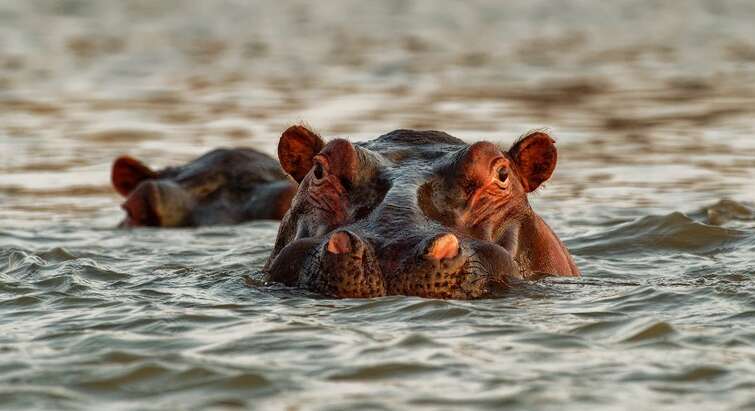
News about Geophysics
Viser 121 til 144 af 354 dokumenter.

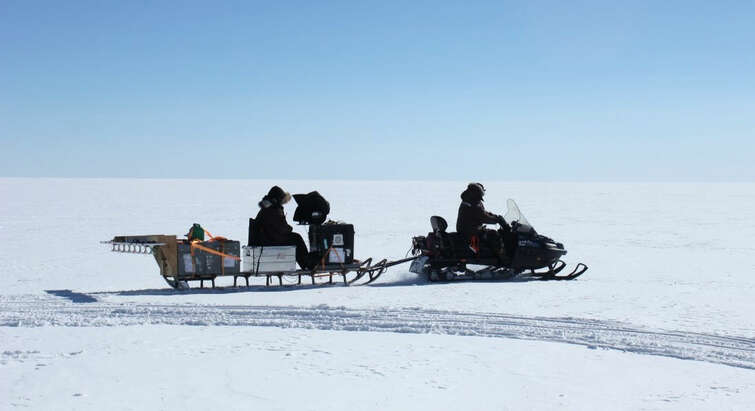
Ice cap study promises new prospects for accurate local climate projections internationally
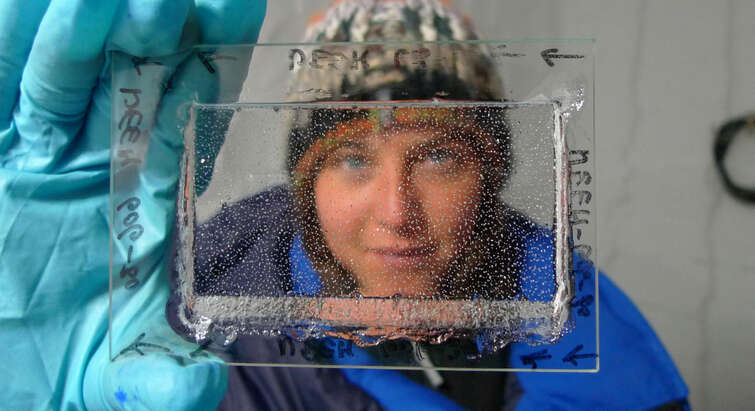
Abrupt ice age climate changes behaved like cascading dominoes

Jose Carlos Lozano Garcia

José David Calderón Peña

Ruth Julia Ladwig

Researchers discover intact plant fossils beneath Greenland’s ice sheet for the first time
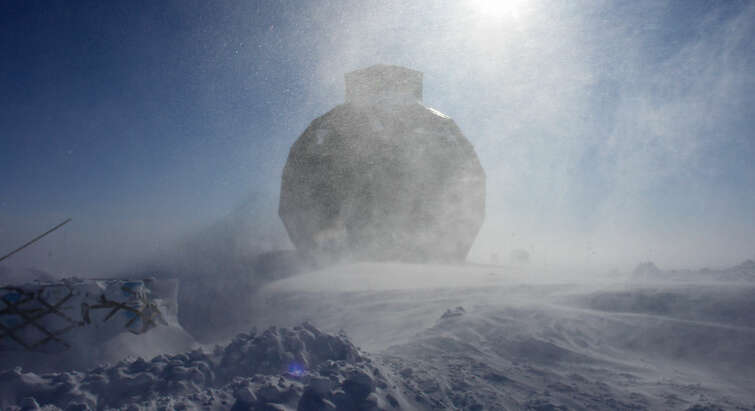
PICE Copenhagen joins large scale joint effort in the arctic within the Danish Commonwealth

Prominent professor named as Head of Scientific Research at Denmark’s National Centre for Climate Research
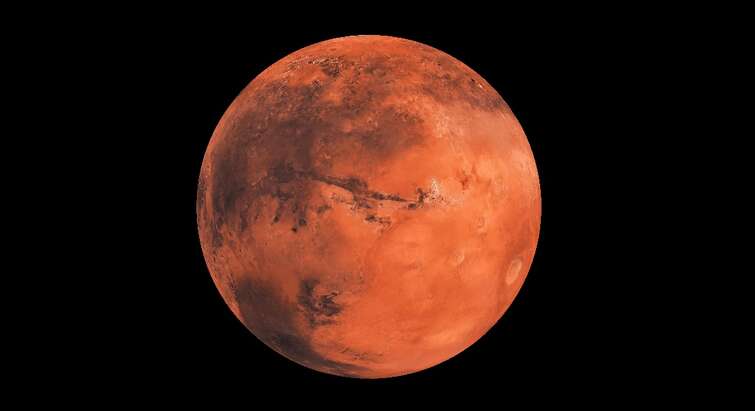
Are we alone? UCPH researchers hold their breath ahead of Mars landing

Sea level will rise faster than previously thought

The Catcher in the Ice

Ella Jacobsen

David Aaron Soestmeyer
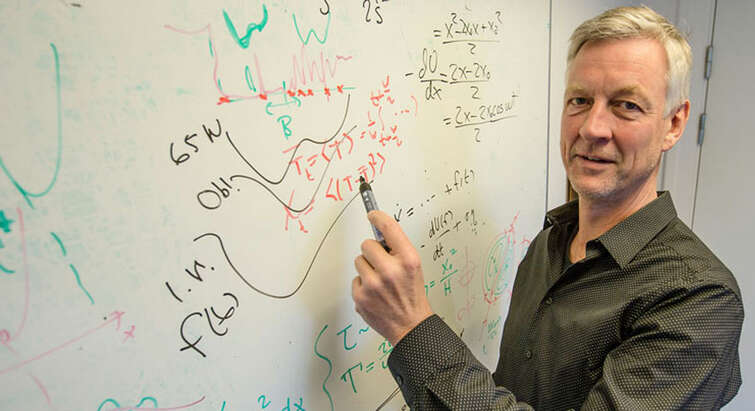
The Niels Bohr Institute kick starts a new generation of climate scientists

Lara Möllney
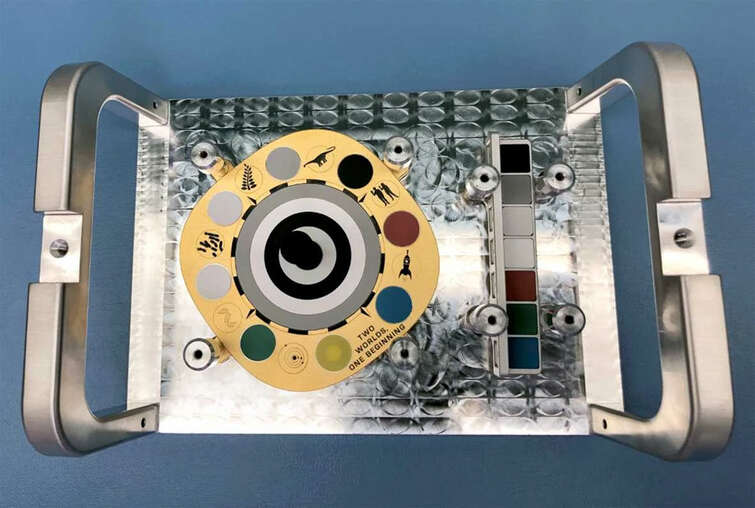
The Niels Bohr Institute develops calibration target, now on its way to Mars

Ann-Sofie Priergaard Zinck

The climate changed rapidly alongside sea ice decline in the north

Grant for developing long term weather predictions in Denmark

Lilja Dahl

Study delivers new knowledge about what causes thunderstorms and cloud bursts

Falk Oraschewski
